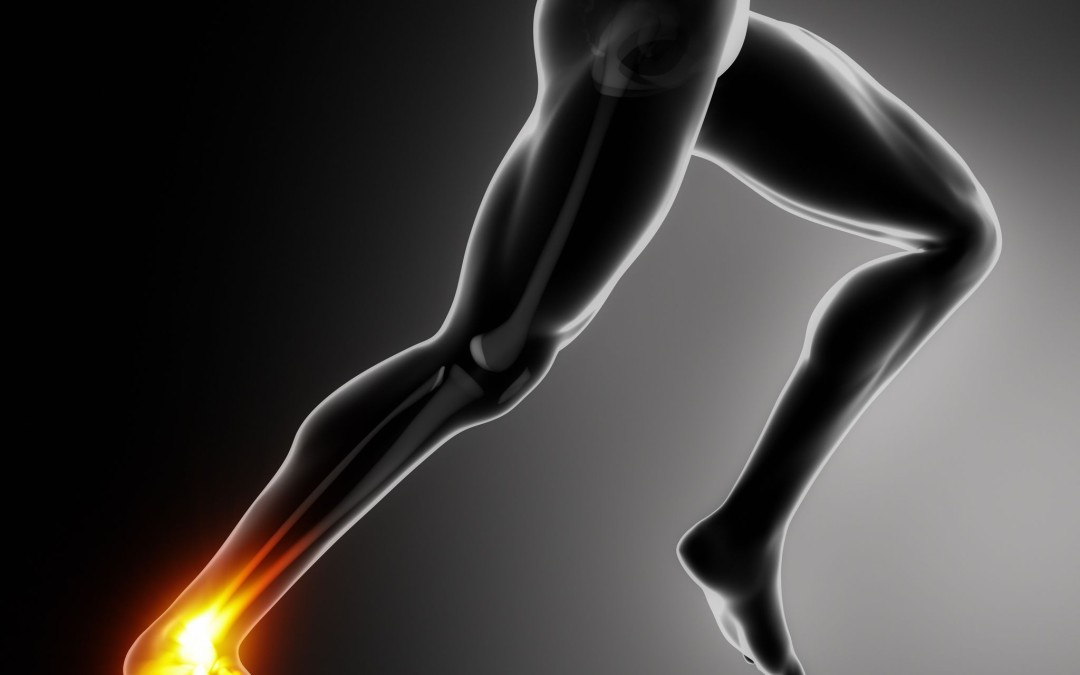by Neil J Feldman, DPM.
As we learned last month, foot pain doesn’t just start in the feet- it’s all about the hips! Neil Feldman, DPM explains how pelvic dysfunction can lead to foot pain, and how establishing proper posture can lead to better movement.
What does this have to do with the feet?
In normal function, our hip flexors should be able to provide leg lift on the up (swinging) leg, and the hip stabilizers should be able to stabilize the body on the down (standing) leg. Pelvic dysfunction can be defined as improper or inadequate stabilization (holding).
If this involves a forward tilt of the pelvis, the psoas is unable to do its job as intended, and the body needs another strategy to complete forward movement. This strategy requires using our feet to push our body forward. The feet are made up of small bones, small joints and small muscles that weren’t designed to push the entire body forward with every step. Large bones, large joints and large muscles in our hips perform that job. Think of how much easier it would be to walk in place for hours on end rather than do calf raises for hours on end.
Change in center of gravity is another part of forward pelvic tilt that affects the feet. When our pelvis is in a neutral position, weight should be evenly balanced between the ball of the foot and the heel. As the pelvis tilts forward, the weight shifts back toward the heel, which causes our calf muscles to engage for balance purposes. Just as the hamstring is overworked and doing a job it’s not supposed to with forward pelvic tilt, so too is calf musculature. By turning calf muscles on (increasing load per step), their function becomes altered and they become limiters of ankle mobility rather than enablers of normal foot function.
Tendencies
Normal function starts with a neutral pelvis. Balanced posture is the key to running efficiently. We walk before we run for a reason, in much the same way as we have to learn how to stand before we walk. Just as the first time we learned to run in our lives (as toddlers), without balanced posture, it will be impossible to learn how to run properly as an adult if you don’t know how to stand with balanced posture. Good posture is the key to efficiency whereas bad posture must be overcome somehow. Most foot injuries from running result from asking our bodies to function beyond its capabilities by using our muscles and joints inappropriately.
With fatigue, the pelvis loses stability and the upper body leans forward. The hip angle and hip range of motion is reduced as a result. The foot will land in front of the body (think relative positions, as if the upper body is leaned forward, then the foot should be landing in line with the body, and thus behind the pelvis), and the toes will have to lift to allow the foot to clear the ground as the hip won’t be able to lift high enough. The leg muscles in the shin lift the toes and with time and fatigue lead to shin splints. The heel will hit the ground first and can lead to plantar fasciitis and achilles tendonitis (though this is not due specifically to the heel strike), among other ailments. The toes will grip the ground to stabilize the foot which can lead to bunions, hammertoes, metatarsal pain, stress fractures and neuroma’s. Those are just the foot related issues!
Creating a significant base of fitness is crucial to any training program. Without that base, we fatigue quicker and fall into bad movement habits quicker, increasing the risks of these injuries.

